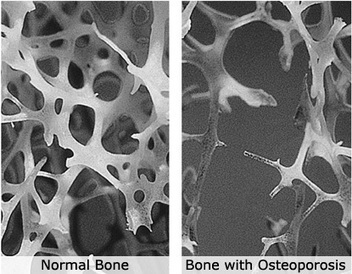"Airbus and its subsidiary APWorks, in collaboration with Autodesk-owned architecture firm The Living, has started 3D printing the world’s largest metal 3D printed airplane part. The jet partition, 3D printed in a high-tech alloy called “Scalmalloy”, is 45% lighter than current partitions. [...] To create the most durable and lightweight design possible, the project team sought inspiration from nature. Bionics, which involves examining natural mechanics to see how they could be mimicked in technological devices, has been crucial in the production of the 3D printed component. The jet partition was created with custom algorithms, which generated a design that mimics cellular structure and bone growth. Airbus has also been exploring weight-saving aircraft structures based on the construction of super-strong water lilies, and torsion springs based on fish jaws."
Research and publish the best content.
Get Started for FREE
Sign up with Facebook Sign up with X
I don't have a Facebook or a X account
Already have an account: Login
 Your new post is loading... Your new post is loading...
 Your new post is loading... Your new post is loading...

George Guidora Georgiou's comment,
June 23, 2015 6:49 PM
And some tips on Eiffel tower: http://guidora.com/eiffel-tower-tickets-the-secrets-to-avoid-the-lines/
Adam Issell's curator insight,
March 27, 2015 12:06 AM
While the technology to create buildings of a scale big enough to be habitable, there are still a number of design and architecture studios are designing buildings for the advent that it will become possible in the near future, one such design is ProtoHome, it's design uses an algorithm that directs extra material to the points of greatest stress within the structure. |
|























3d Printing is a game changer...